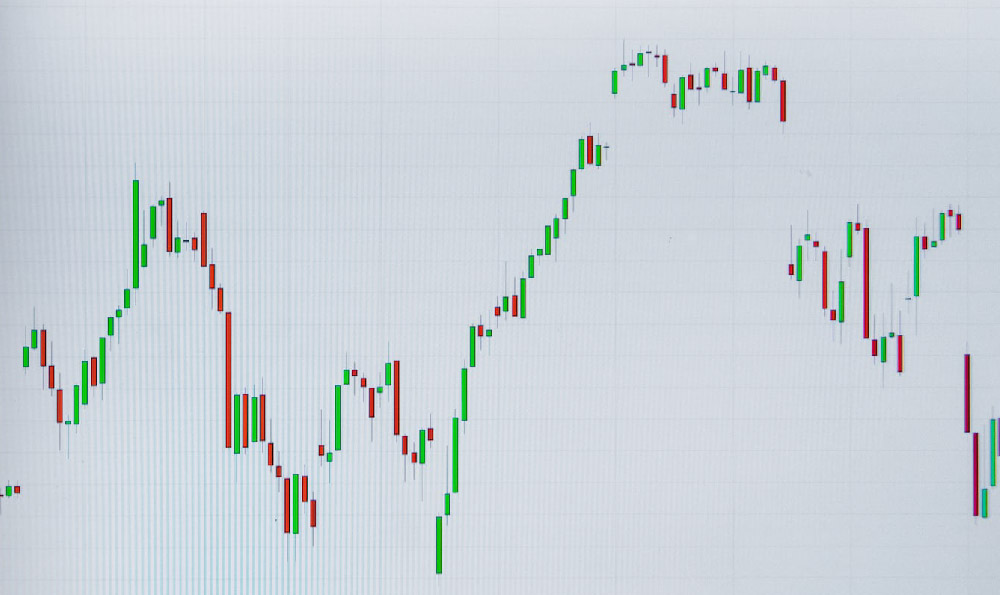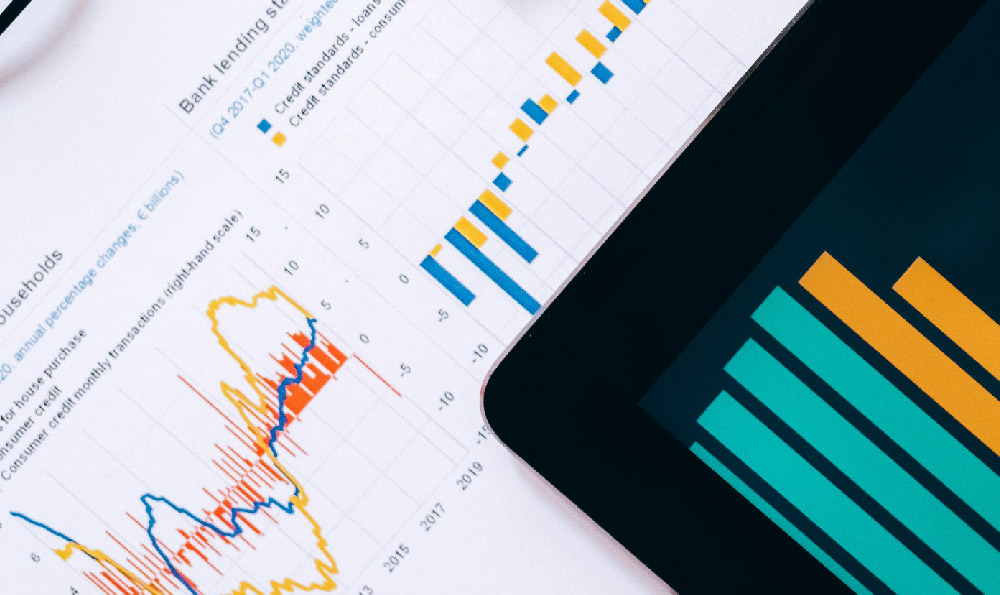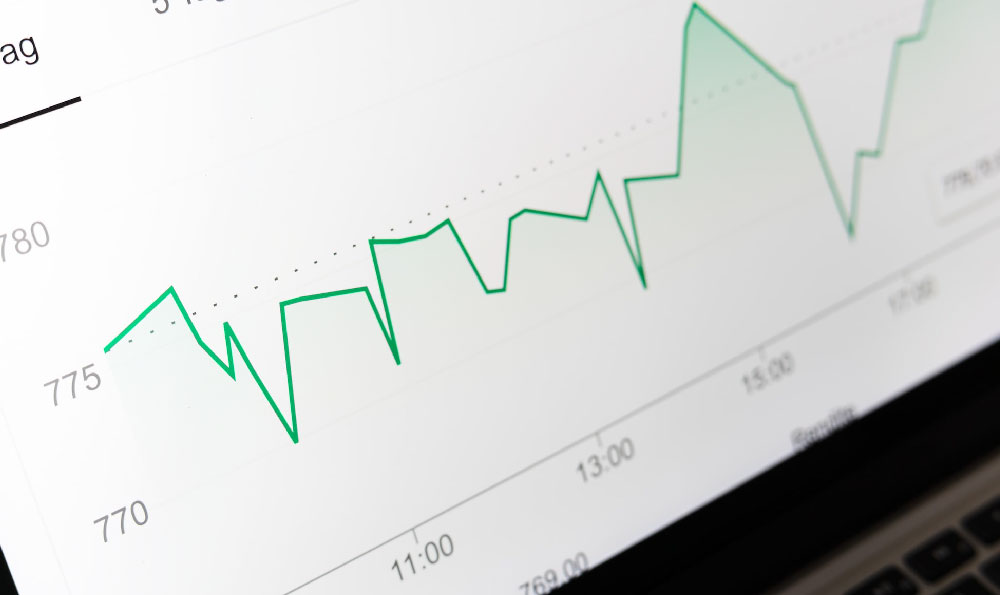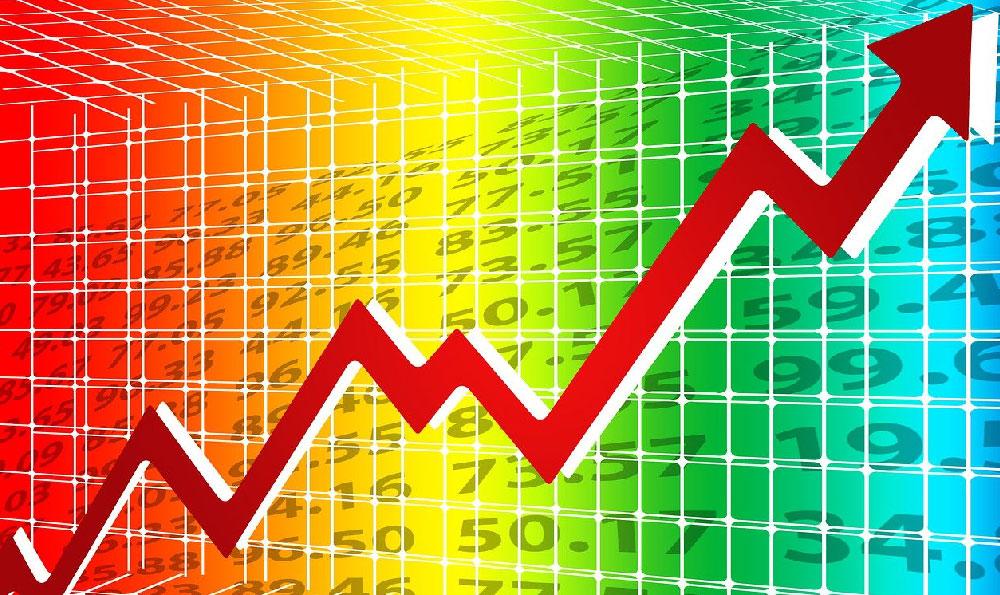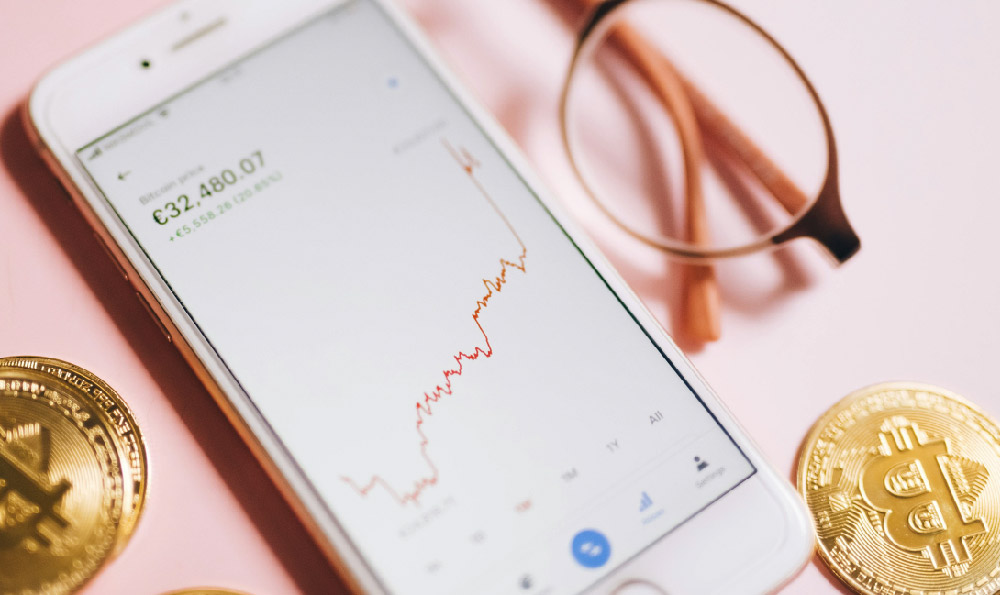Market makers are essential participants in financial markets who ensure liquidity by continuously buying and selling assets, acting as intermediaries between buyers and sellers. Their role extends beyond simple transaction facilitation; they inject stability into volatile markets by maintaining a constant presence, often using sophisticated strategies to maximize profit while managing risk. As markets evolve, so do the methods employed by market makers, blending traditional practices with cutting-edge technology to adapt to changing conditions. Understanding these strategies is crucial for anyone interested in the mechanics of financial trading, whether they are investors, traders, or regulators.
At the core of market making is the ability to profit from price discrepancies. By providing liquidity, market makers create opportunities to buy assets at the bid price and sell them at the ask price. This differential, known as the bid-ask spread, is their primary source of income. However, the margin between these two prices can vary significantly depending on the asset, market conditions, and the number of participants. For instance, in highly traded assets like major stocks or forex pairs, the spread might be minimal, but in less liquid markets, such as certain cryptocurrencies or emerging market equities, the spread can be much larger, offering higher potential returns. Market makers must constantly monitor these spreads and adjust their positioning accordingly to optimize profitability.
Another critical aspect of market making is the use of market order books. These data structures reflect the supply and demand for an asset at any given time, and market makers analyze them to anticipate price movements. By placing limit orders strategically, they can control the price flow and attract traders looking to execute orders at favorable rates. This approach not only benefits the market makers themselves but also enhances market efficiency by narrowing the spread and reducing the time it takes for orders to be filled. The interplay between order books and market dynamics is a key factor in determining the success of a market maker's strategies.

In recent years, the rise of algorithmic trading has transformed the landscape of market making. High-frequency trading (HFT) algorithms now play a significant role in executing trades at optimal times, often outpacing human intervention. These algorithms leverage machine learning techniques to analyze vast amounts of market data, enabling market makers to respond swiftly to fluctuations. The integration of technology has allowed market makers to refine their strategies, focusing on microsecond-level opportunities that were previously inaccessible. This evolution underscores the importance of staying updated with technological advancements to remain competitive.
Market makers also engage in a variety of strategies to manage risk and adapt to different market environments. One such approach is the use of delta hedging, where they adjust their inventory to offset potential losses from price changes. This technique is particularly common in options trading, where market makers must balance the risk of underlying assets. Additionally, market makers may employ volatility arbitrage, exploiting temporary deviations from fair price levels caused by market shocks or news events. This strategy requires a deep understanding of market psychology and the ability to predict when prices will revert to their mean.
The performance of market making strategies is heavily influenced by factors such as market volatility, regulatory frameworks, and technological infrastructure. In highly volatile markets, market makers must be agile, adjusting their spreads and order placement to navigate rapid price swings. Conversely, in stable markets, they can afford to be more conservative, relying on consistent spreads and minimal risk exposure. Regulatory changes also play a pivotal role, as they can affect market structures, liquidity requirements, and the methods used to maintain order. Market makers must stay informed about these changes to ensure compliance and preserve their competitive edge.
Beyond traditional markets, the rise of digital assets has opened new frontiers for market makers. In the cryptocurrency space, market makers face unique challenges, including regulatory uncertainty, price manipulation risks, and the need for advanced security measures. However, these challenges also present opportunities, as the lack of central authority in crypto markets allows for more flexible trading strategies. Market makers operating in this space often focus on high-volume trading pairs, utilizing decentralized exchanges (DEXs) and liquidity pools to facilitate trades and earn fees. The decentralized nature of crypto markets requires market makers to adapt their strategies, emphasizing transparency and real-time data analysis.
The role of market makers is not without controversy. Critics argue that their activities can sometimes influence market prices, creating an imbalance that favors them at the expense of smaller investors. Additionally, the potential for market manipulation through artificial liquidity has raised concerns among regulators. Market makers must navigate these challenges by maintaining ethical standards and adhering to industry regulations. Transparency in pricing and order placement can mitigate these risks, ensuring that the market remains fair and competitive.
In conclusion, market makers play a vital role in maintaining market efficiency and liquidity. Their strategies, which include exploiting price differences, managing order books, and leveraging technology, are instrumental in ensuring smooth market operations. As markets evolve, so too must the approaches of market makers, requiring continuous adaptation and innovation to remain profitable. Whether in traditional or digital markets, the ability to anticipate price movements and manage risk is key to their success. Understanding these strategies not only provides insight into market dynamics but also highlights the importance of market makers in shaping financial ecosystems.


